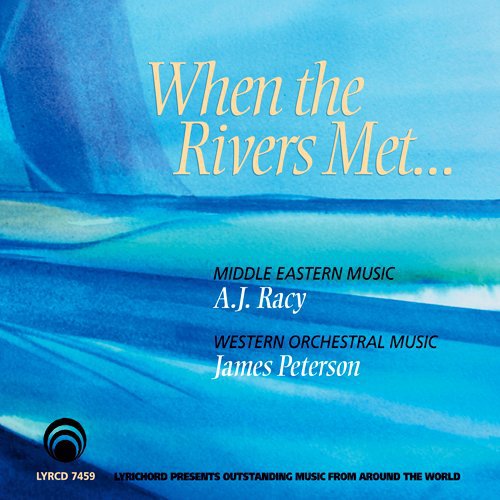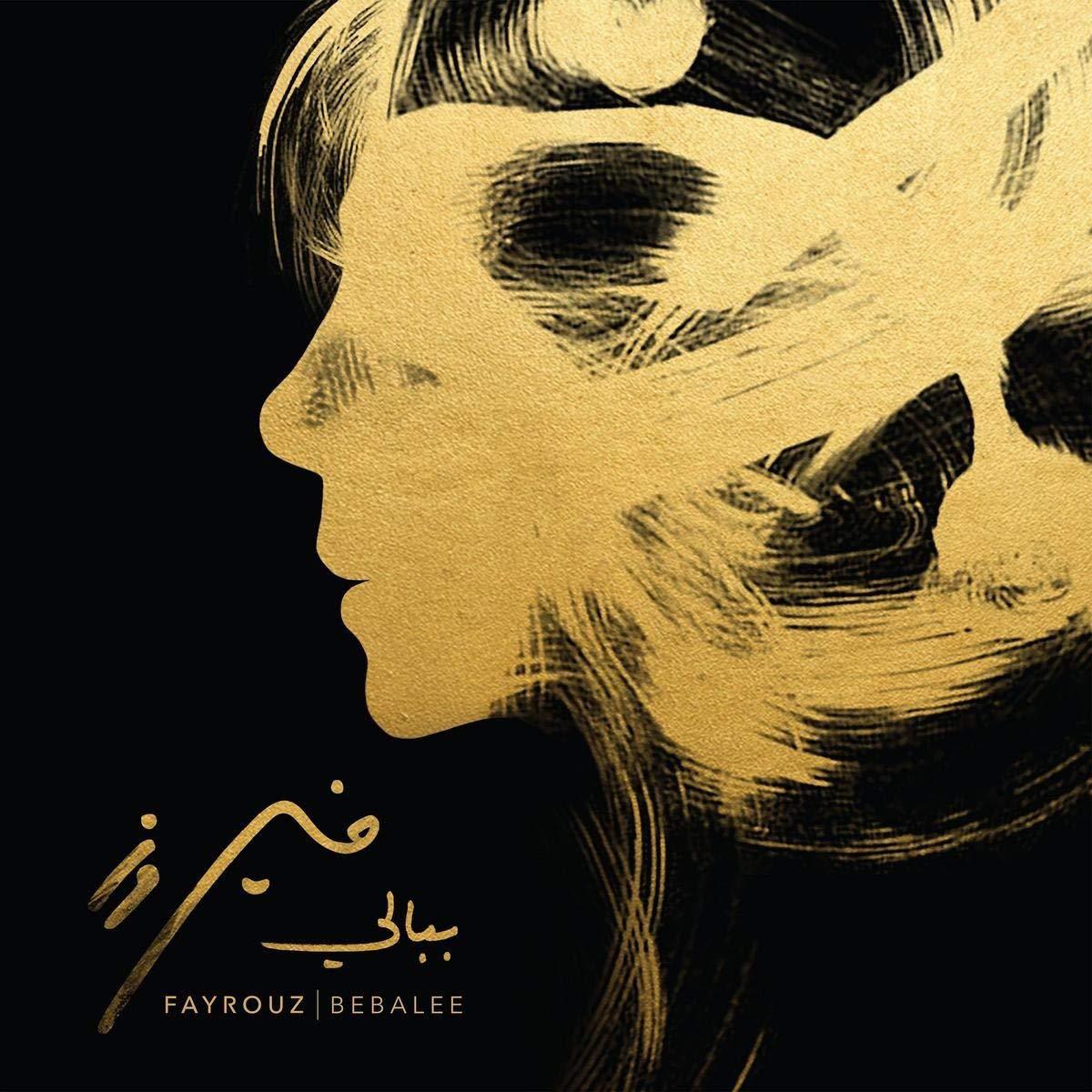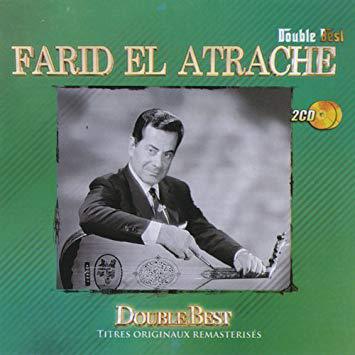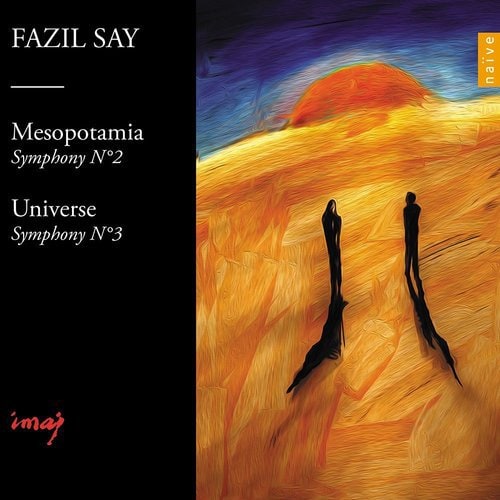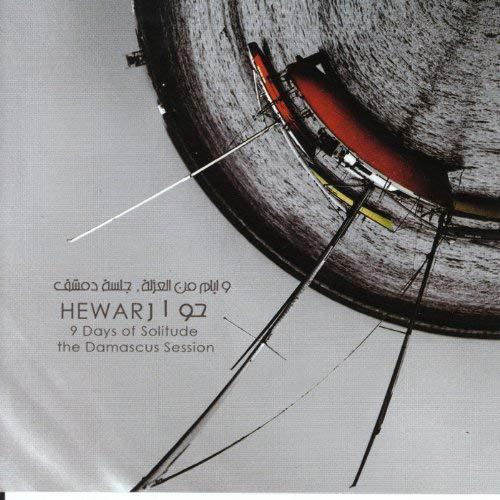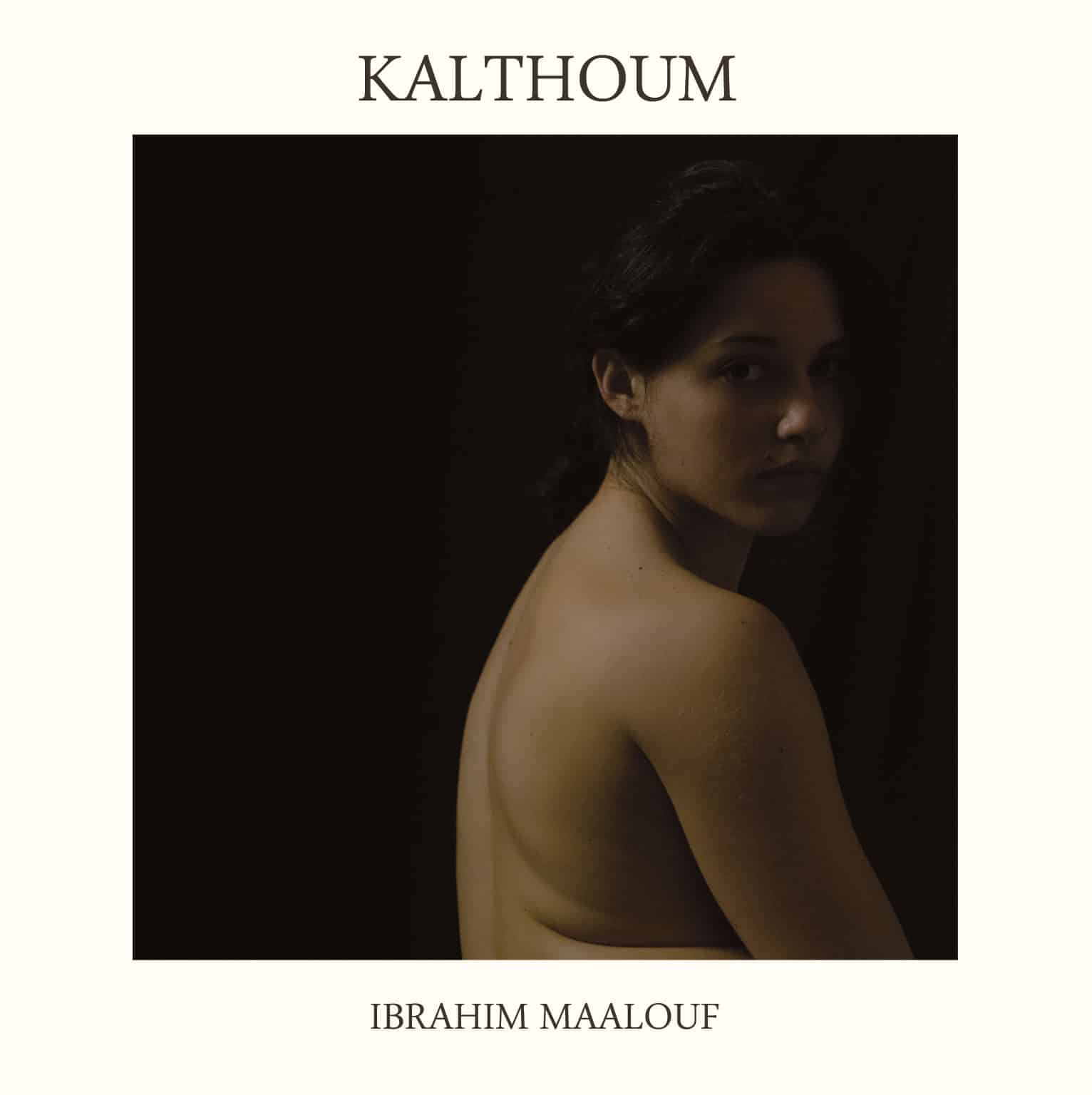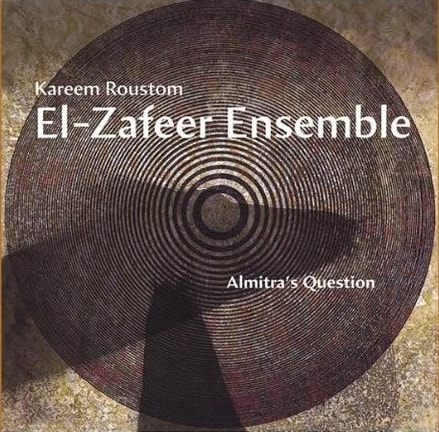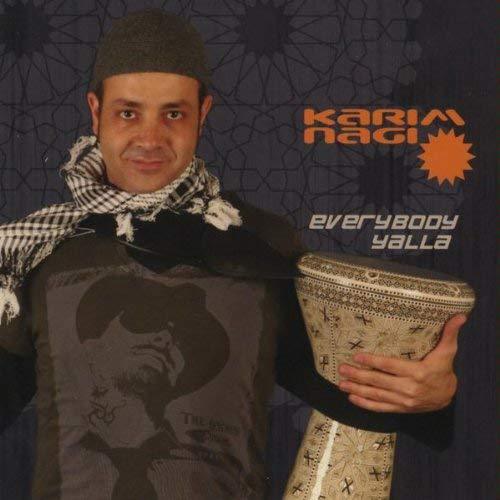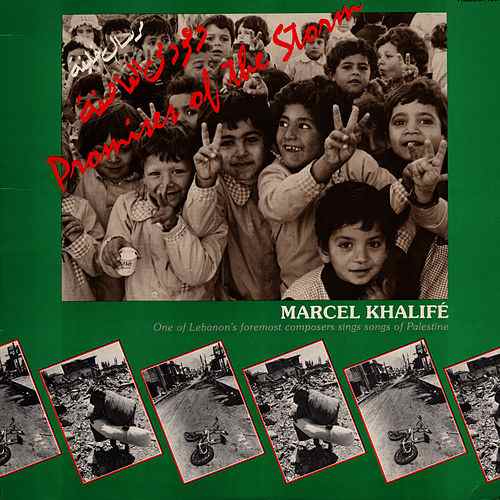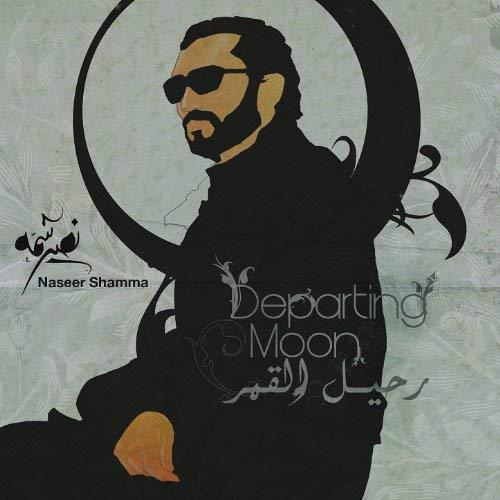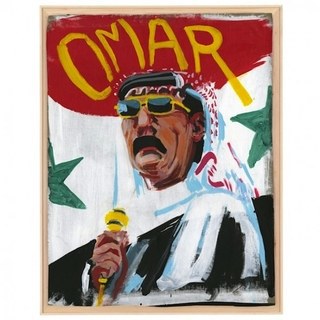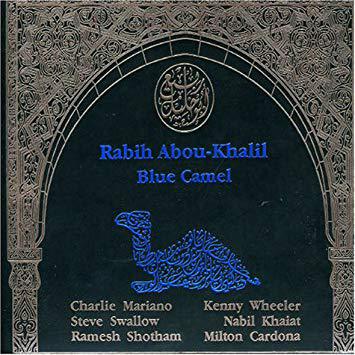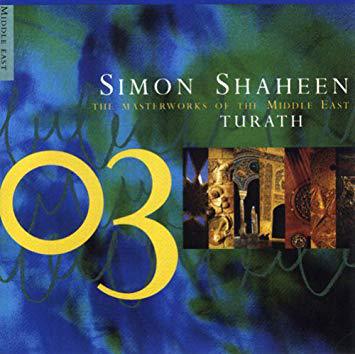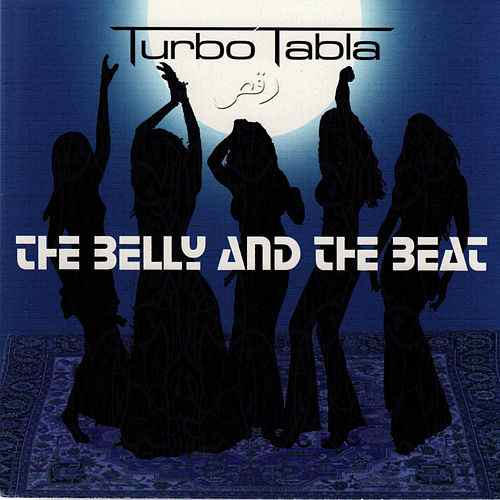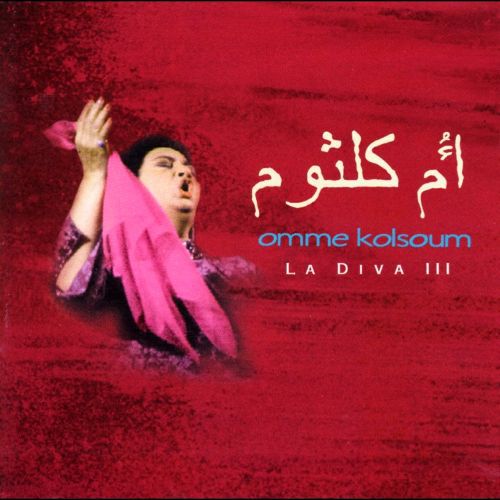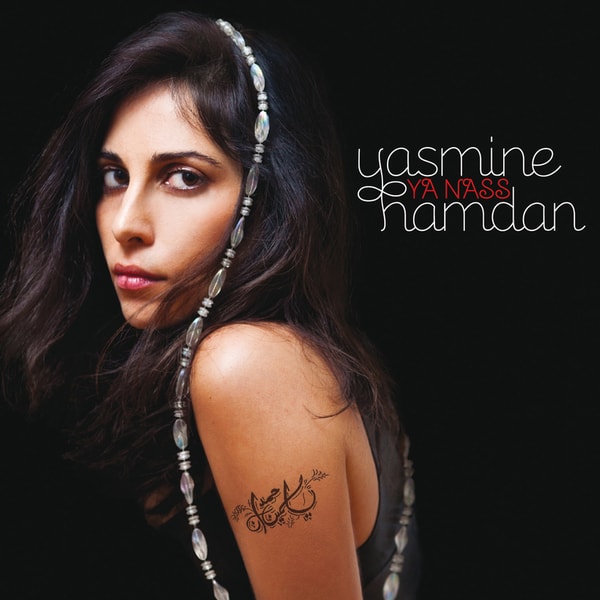A Brief History
From the beginning of civilization, the Levant, the coastal region of the eastern Mediterranean from Syria in the north to Egypt in the south, was the crossroads of various peoples and cultures. From this important trade region, fundamental social and economic changes began spreading across the Middle East and the Mediterranean, leaving behind a rich heritage of unique material remains.
In the foreword to The Levant: History and Archaeology in the Eastern Mediterranean, Heinz Gaube writes, “After World War I, ‘Levantines’ saw themselves increasingly as belonging to individual states. Today, that these states … their peoples … are inhabitants of a culturally unified region, linked moreover by a common language, history, and close family ties, is easily forgotten.”
Further Reading
The wide range of books by and about Levantines take readers from the ancient world to today. Below are some of our favorites that capture the history, architecture, archaeology, culture, art, music and more, all inspired by the Levant.
Background History
-
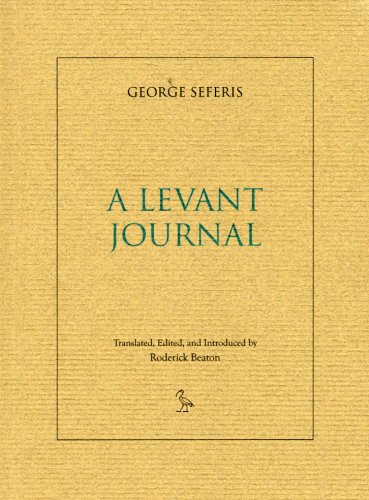
A Levant Journal
Winner of the Nobel Prize for Literature, Greek poet, essayist, diarist, and diplomat George Seferis stands as one of the giants of twentieth-century literature. A Levant Journal offers selections from the notebooks Seferis kept during his diplomatic postings in the region.
-
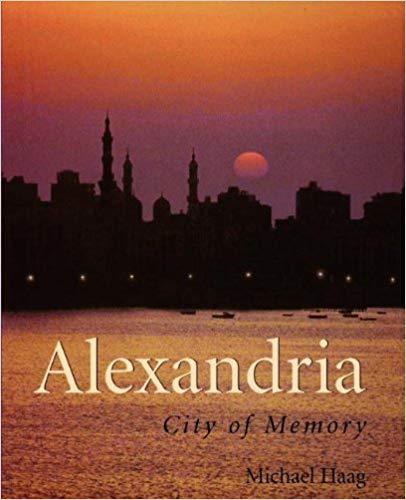
Alexandria: City of Memory
This book is a literary, social, and political portrait of Alexandria at a high point of its history. Drawing on diaries, letters, and interviews, Michael Haag recovers the lost life of the city, its cosmopolitan inhabitants, and its literary characters.
-
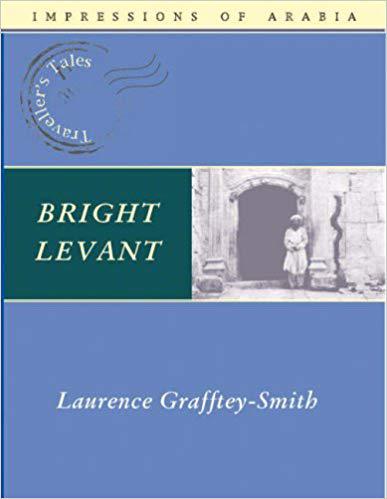
Bright Levant
This is a wry account of Middle Eastern history from the First World War to the years following the Second. Laurence Grafftey-Smith was a member of the Levant Consular Service from 1916-1947. He gives a fascinating glimpse into the machinations and negotiations that lurked behind the newspaper headlines, including Churchill’s famous encounter with King Ibn Saud in Cairo, which the author helped to arrange. Bright Levant gives a unique insight into a vanished world.
-
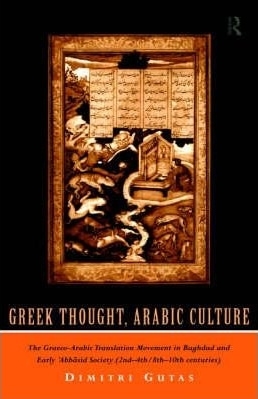
Greek Thought, Arabic Culture
From the middle of the eighth century to the tenth century, almost all non-literary and non-historical secular Greek books, including such diverse topics as astrology, alchemy, physics, botany and medicine, that were not available throughout the eastern Byzantine Empire and the Near East, were translated into Arabic. Greek Thought, Arabic Culture explores the major social, political and ideological factors that occasioned the unprecedented translation movement from Greek into Arabic in Baghdad, the newly founded capital of the Arab dynasty of the ‘Abbasids’, during the first two centuries of their rule. Dimitri Gutas provides a stimulating, erudite and well-documented survey of this key movement in the transmission of ancient Greek culture to the Middle Ages.
-
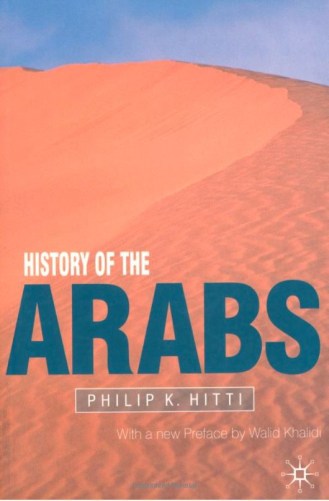
History of the Arabs
This authoritative study of the Arabians and the Arabic-speaking peoples is a valuable source of information on Arab history. Suitable for both scholars and the general reader, it unrolls one of the richest and most instructive panoramas in history, telling with insight the story of the rise of Islam in the Middle Ages, its conquests, its empire, its time of greatness and of decay. For this revised tenth edition, Walid Khalidi’s timely preface emphasizes that now, more than ever, this magisterial work is of vital importance to the on-going attempts to bridge the Arab/Western cultural divide.
-
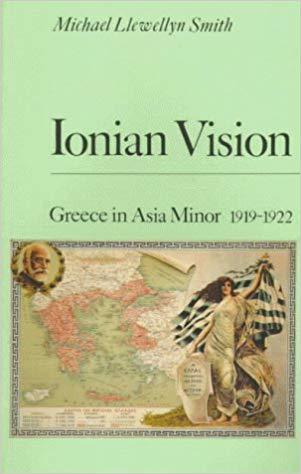
Ionian Vision: Greece in Asia Minor, 1919-22
Michael Llewellyn-Smith sets the Greek occupation of Smyrna and the war in Anatolia against the background of Greece’s ‘Great Idea’ and of great power rivalries in the Near East. He traces the origins of the Greek statesman Eleftherios Venizelos’s ‘Ionian Vision’ to his joint conception with David Lloyd George of an Anglo-Greek entente in the Eastern Mediterranean. This narrative text presents a comprehensive account of the disaster which has shaped the politics and society of modern Greece.
-
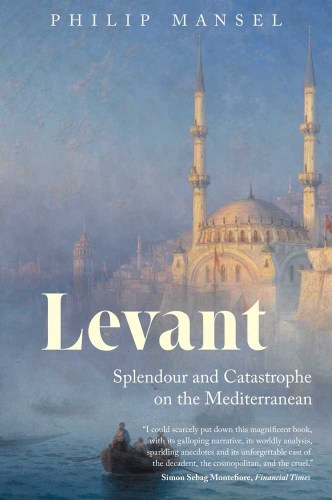
Levant: Splendour and Catastrophe on the Mediterranean
Levant is a book of cities. It describes three former centers of great wealth, pleasure, and freedom—Smyrna, Alexandria, and Beirut—cities of the Levant region along the eastern coast of the Mediterranean. In these key ports at the crossroads of East and West, against all expectations, cosmopolitanism and nationalism flourished simultaneously. People freely switched identities and languages, released from the prisons of religion and nationality. Muslims, Christians, and Jews lived and worshipped as neighbors. Distinguished historian Philip Mansel is the first to recount the colorful, contradictory histories of Smyrna, Alexandria, and Beirut in the modern age.
-

Lords of the Horizons: A History of the Ottoman Empire
For six hundred years, the Ottoman Empire swelled and declined. Islamic, martial, civilized, and tolerant, it advanced in three centuries from the dusty foothills of Anatolia to rule on the Danube and the Nile; at its height, Indian rajahs and the kings of France beseeched the empire’s aid. In its last three hundred years the empire seemed ready to collapse, a prodigy of survival and decay. In this striking evocation of the empire’s power, Jason Goodwin explores how the Ottomans rose and how, against all odds, they lingered on. In doing so, he also offers a long look back to the origins of problems that plague present-day Kosovars and Serbs.
-
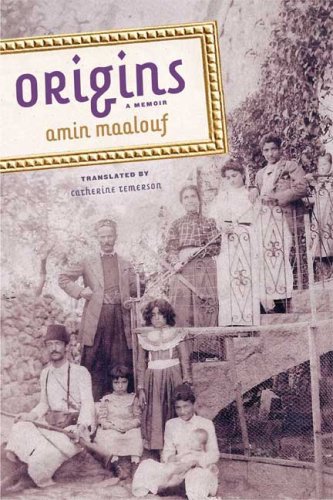
Origins: A Memoir
Origins is a sprawling, hemisphere-spanning, intergenerational saga. Set during the last quarter of the nineteenth century and the first quarter of the twentieth—in the mountains of Lebanon and in Havana, Cuba—Origins recounts the family history of the generation of Maalouf’s paternal grandfather, Boutros Maalouf.
-
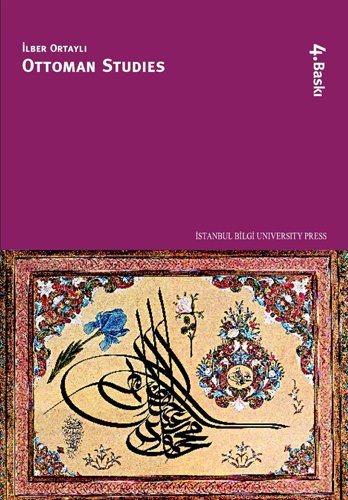
Ottoman Studies
This collection of papers by Ilber Ortayli mainly deals with the political, economic, social and cultural transformations which the Ottoman Empire has undergone in its last centuries. These areas of transformation, namely millet conception in the Ottoman Empire, modernization, tendencies in historiography, structural and judicial changes in familial relationships, provincial and urban structure in the Ottoman Empire and the relationship between Russia and the Ottoman Empire, determined the titles for the chapters of the book. Ortayli, meticulously examining the archives and sources about the late Ottoman history, gives a comprehensive and multifaceted picture of the Empire.
-
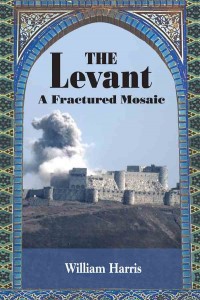
The Levant: A Fractured Mosaic
Perched between three continents — Africa, Asia, and Europe — the Levant is a crossroads of world history. Presently the domain of Lebanon, Syria, Israel, Jordan, and the Palestinians, with Turkey on its northern margins, the Levant epitomizes cultural complexity and geopolitical turbulence. This book surveys the pageant of peoples, armies, empires, and regimes that have featured in the Levant’s dramatic story since Pompey came from Rome chasing pirates more than 2,000 years ago.
-
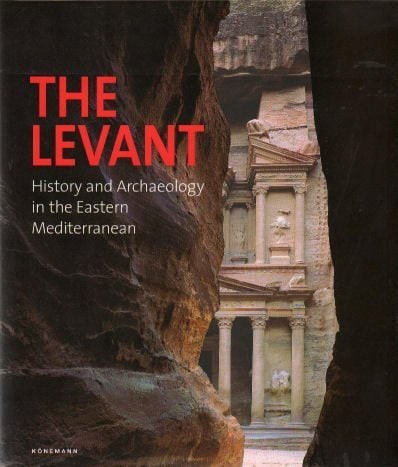
The Levant: History and Archaeology in the Eastern Mediterranean
Four thousand years of history and archaeology in the Levant – from the Bronze Age to the Middle Ages – are presented in this volume. Uncovering buried history, a team of French archaeologists follows the significant cultural developments and their impact on the gate between the Orient and the Occident: relics of the first cities in the Bronze Age, traces of the Phoenician conquests in the Mediterranean, characteristics of the fusion of cultures in the Greco-Roman era, monuments to the kingdoms of the Nabataens and their mythical capitol Petra, evidence of the golden age of oriental Christianity, and finally the manifestation of Islamic conquest as a battle for power during the crusades.
Levantine Authors
-
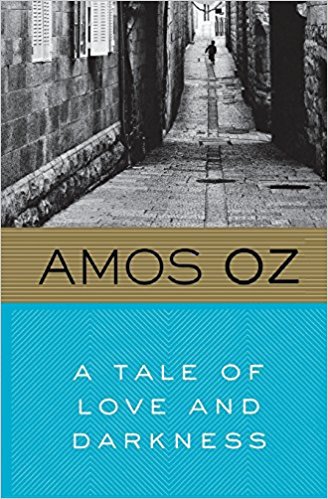
A Tale of Love and Darkness
A family saga and a magical self-portrait of a writer who witnessed the birth of a nation and lived through its turbulent history. A Tale of Love and Darkness is the story of a boy who grows up in war-torn Jerusalem, in a small apartment crowded with books in twelve languages and relatives speaking nearly as many. The story of an adolescent whose life has been changed forever by his mother’s suicide. The story of a man who leaves the constraints of his family and community to join a kibbutz, change his name, marry, have children. The story of a writer who becomes an active participant in the political life of his nation.
-
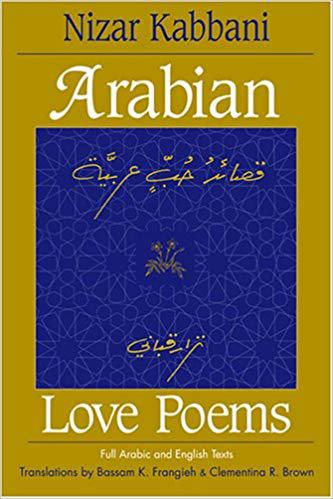
Arabic Love Poems
Reflecting on his death in 1998, musician Sulhi Al-Wadi wrote, “Kabbani is like water, bread, and the sun in every Arab heart and house. In his poetry the harmony of the heart, and in his blood the melody of love.” Arabian Love Poems is the first English-language collection of Kabbani’s work.
-
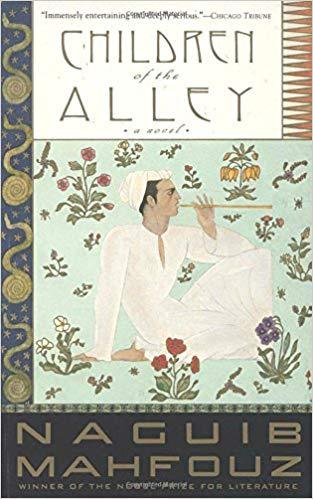
Children of the Alley
The tumultuous alley of this rich and intricate novel (first published in Arabic in 1959) is inhabited by a delightful Egyptian family, but is also the setting for a second, hidden, and more daring narrative: the spiritual history of humankind. The men and women of a modern Cairo neighborhood unwittingly reenact the lives of their holy ancestors: from the feudal lord who disowns one son for diabolical pride and puts another to the test, to the savior of a succeeding generation who frees his people from bondage. This powerful novel confirms again the richness and variety of Mahfouz’s storytelling and his status as “the single most important writer in modern Arabic literature” (Newsweek).
-
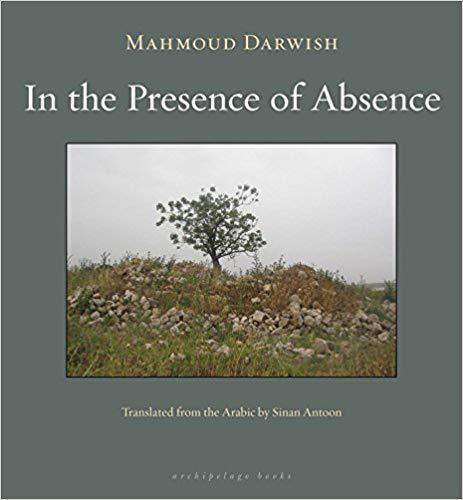
In the Presence of Absence
By one of the most transcendent poets of this generation, a remarkable collection of prose poems that explores themes of love, pain, isolation, and connection. In this self-eulogy written in the final years of Mahmoud Darwish’s life, Palestine becomes a metaphor for the injustice and pain of our contemporary moment.
-
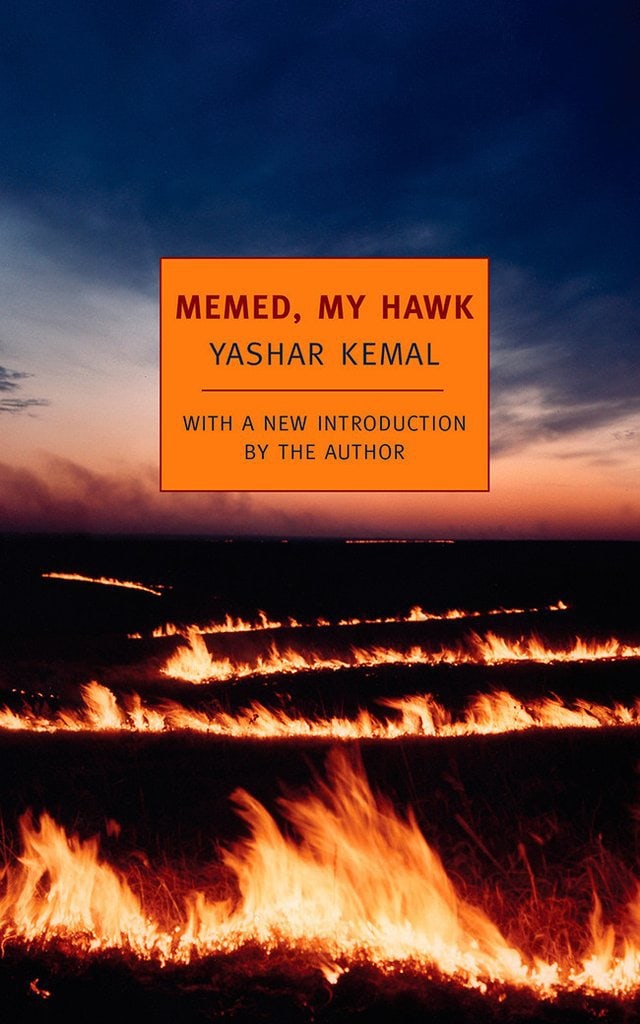
Memed, My Hawk
A tale of high adventure and lyrical celebration, tenderness and violence, generosity and ruthlessness, Memed, My Hawk is the defining achievement of one of the greatest and most beloved of writers, Yashar Kemal. It is reissued here with a new introduction by the author on the fiftieth anniversary of its first publication.
Memed, a high-spirited, kindhearted boy, grows up in a desperately poor mountain village whose inhabitants are kept in virtual slavery by the local landlord. Determined to escape from the life of toil and humiliation to which he has been born, he flees but is caught, tortured, and nearly killed. When at last he does get away, it is to set up as a roving brigand, celebrated in song, who could be a liberator to his people—unless, like the thistles that cover the mountain slopes of his native region, his character has taken an irremediably harsh and unforgiving form.
-
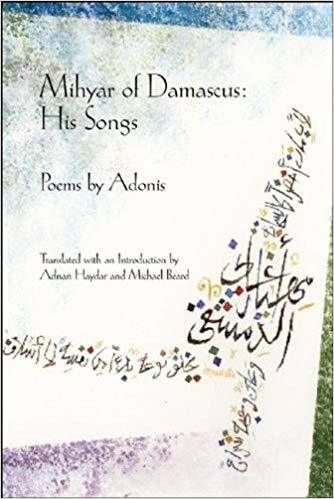
Mihyar of Damascus: His Songs
Born in Syria in 1930, Adonis later moved to Lebanon and became a pivotal figure in the new poetry of the late 1960s. With the publication of Mihyar of Damascus: His Songs in 1963—widely viewed as a watershed moment in Arabic poetry—Adonis forged a new set of possibilities for Arabic poetry, writing in traditional meters but infusing them with modernist rhythms, styles, and conceptual complexities.
-
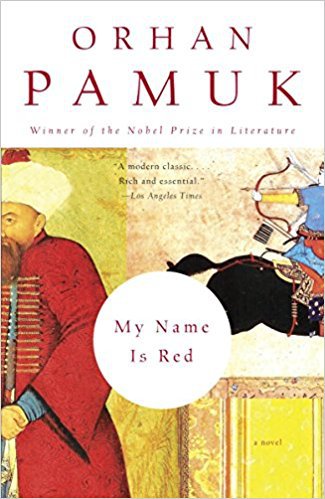
My Name is Red
At once a fiendishly devious mystery, a beguiling love story, and a brilliant symposium on the power of art, My Name Is Red is a transporting tale set amid the splendor and religious intrigue of sixteenth-century Istanbul, from one of the most prominent contemporary Turkish writers.
-
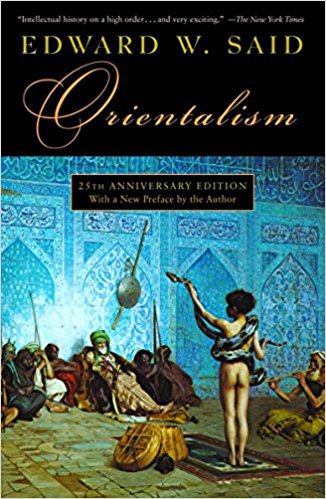
Orientalism
More than three decades after its first publication, Edward Said’s groundbreaking critique of the West’s historical, cultural, and political perceptions of the East has become a modern classic.
In this wide-ranging, intellectually vigorous study, Said traces the origins of “orientalism” to the centuries-long period during which Europe dominated the Middle and Near East and, from its position of power, defined “the orient” simply as “other than” the occident. This entrenched view continues to dominate western ideas and, because it does not allow the East to represent itself, prevents true understanding. Essential, and still eye-opening, Orientalism remains one of the most important books written about our divided world.
-
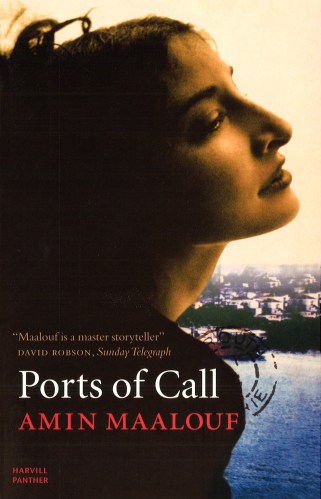
Ports of Call
Amin Maalouf’s first novel set in the 20th century follows Ossyane, a young Lebanese man and his Jewish wife Clara, who return to live in Haifa after World War II. Just as war breaks out in the new-born state of Israel, Ossayne is forced to go to Beirut. The border with Israel closes behind him and he becomes separated from his wife with tragic consequences.
-
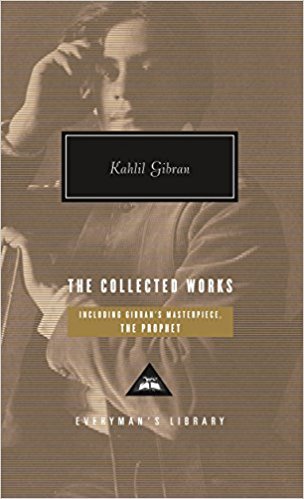
The Collected Works
Poet, artist, and mystic, Kahlil Gibran was born in 1883 to a poor Christian family in Lebanon and immigrated to the United States as an adolescent. His masterpiece, The Prophet, a book of poetic essays that he began while still a youth in Lebanon, is one of the most cherished books of our time and has sold millions of copies in more than twenty languages since its publication in 1923. Included in this volume are The Prophet, The Wanderer, Jesus the Son of Man, A Tear and a Smile, and many others.
-

The Complete Poems of Cavafy
C.P. Cavafy, the foremost modern Greek poet, is a master at presenting a scene, an intense feeling, or an idea in direct, unornamented verse. Sixty-three newly translated poems have been added to the widely praised edition which includes the classic poem “Ithaca.”
-
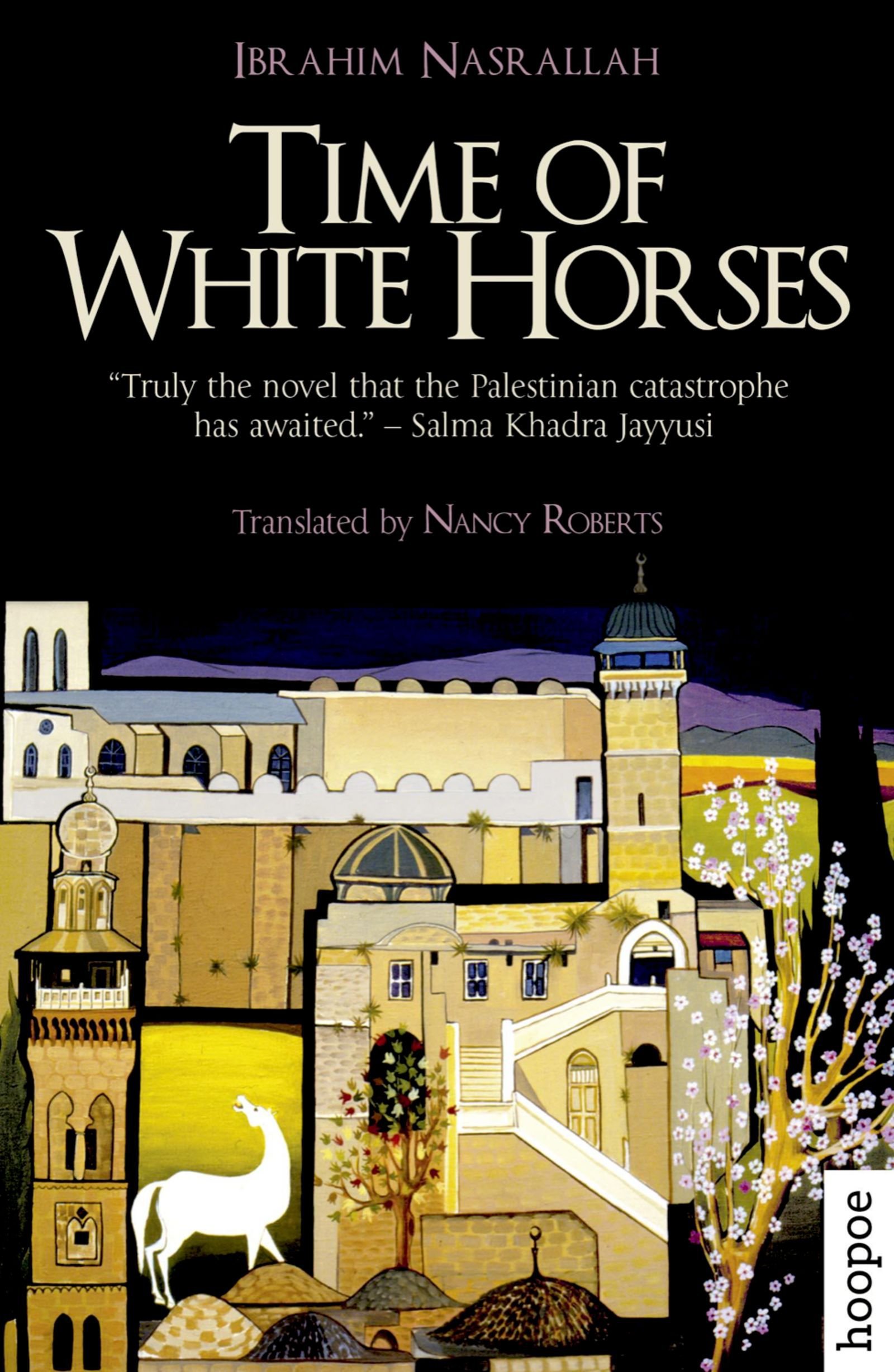
Time of White Horses
Spanning the collapse of Ottoman rule and the British Mandate in Palestine, this novel is the story of three generations of a defiant family from the Palestinian village of Hadiya before 1948.
Through the lives of Mahmud, elder of Hadiya, his son Khaled, and Khaled’s grandson Naji, we enter the life of a tribe whose fate is decided by one colonizer after another. Khaled’s remarkable white mare, Hamama, and her descendants feel and share the family’s struggles and as a siege grips Hadiya, it falls to Khaled to save his people from a descending tyranny.
Modern Levant
-
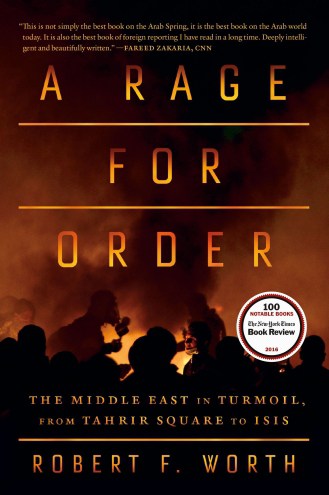
A Rage for Order
Combining dramatic storytelling with an original analysis of the Arab world today, A Rage for Ordercaptures the psychic and actual civil wars raging throughout the Middle East and explains how the dream of an Arab renaissance gave way to a new age of discord.
-
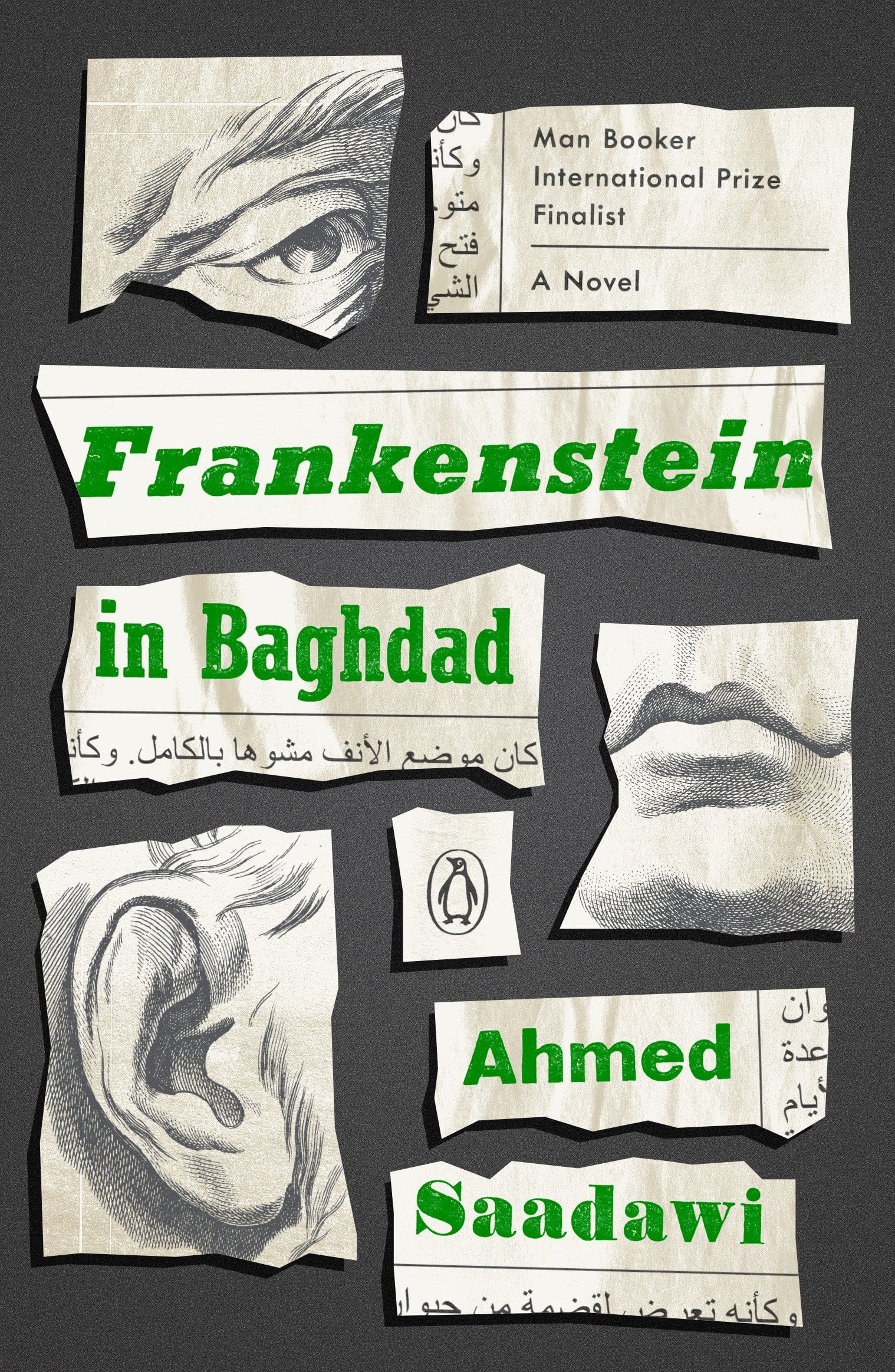
Frankenstein in Baghdad
From the rubble-strewn streets of U.S.-occupied Baghdad, Hadi—a scavenger and an oddball fixture at a local café—collects human body parts and stitches them together to create a corpse. His goal, he claims, is for the government to recognize the parts as people and to give them proper burial. But when the corpse goes missing, a wave of eerie murders sweeps the city, and reports stream in of a horrendous-looking criminal who, though shot, cannot be killed. Hadi soon realizes he’s created a monster, one that needs human flesh to survive—first from the guilty, and then from anyone in its path. A prizewinning novel by “Baghdad’s new literary star” (The New York Times), Frankenstein in Baghdad captures with white-knuckle horror and black humor the surreal reality of contemporary Iraq.
-
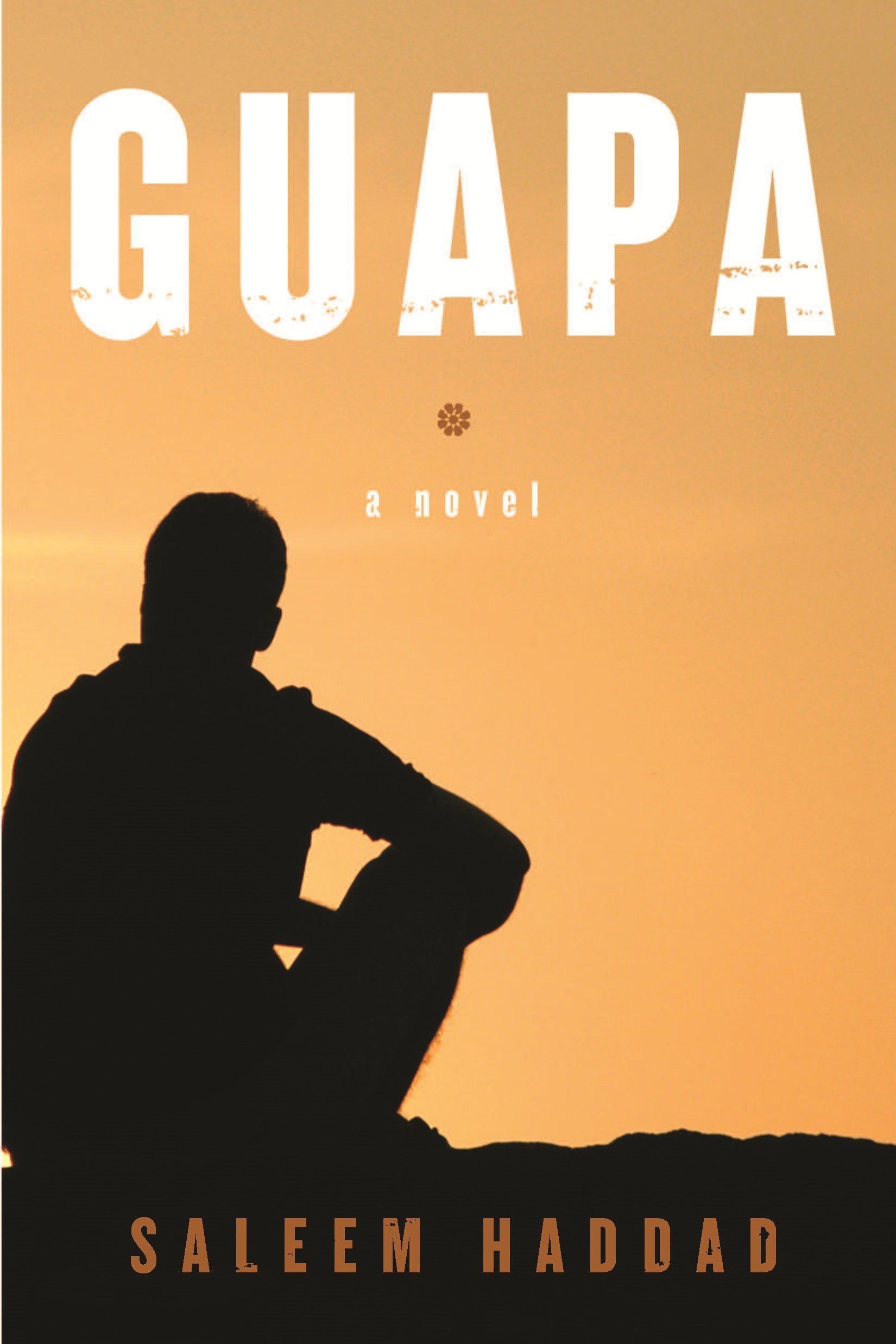
Guapa
Set over the course of twenty-four hours, Guapa follows Rasa, a gay man living in an unnamed Arab country, as he confronts the simultaneous collapse of political hope and his closest personal relationships, and is forced to discover the roots of his alienation and try to re-emerge into a society that may never accept him.
-
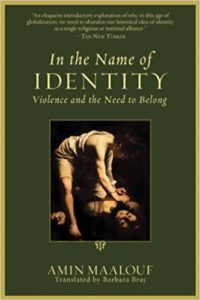
In the Name of Identity: Violence and the Need to Belong
I want to try and understand why so many people commit crimes in the name of identity,” writes Amin Maalouf. Identity is the crucible out of which we come: our background, our race, our gender, our tribal affiliations, our religion (or lack thereof), all go into making up who we are. All too often, however, the notion of identity—personal, religious, ethnic, or national—has given rise to heated passions and even massive crimes. Moving across the world’s history, faiths, and politics, he argues against an oversimplified and hostile interpretation of the concept. He cogently and persuasively examines identity in the context of the modern world, where it can be viewed as both glory and poison. Evident here are the dangers of using identity as a protective—and therefore aggressive—mechanism, the root of racial, geographical, and colonialist subjugation throughout history.
Maalouf contends that many of us would reject our inherited conceptions of identity, to which we cling through habit, if only we examined them more closely. The future of society depends on accepting all identities, while recognizing our individualism.
-
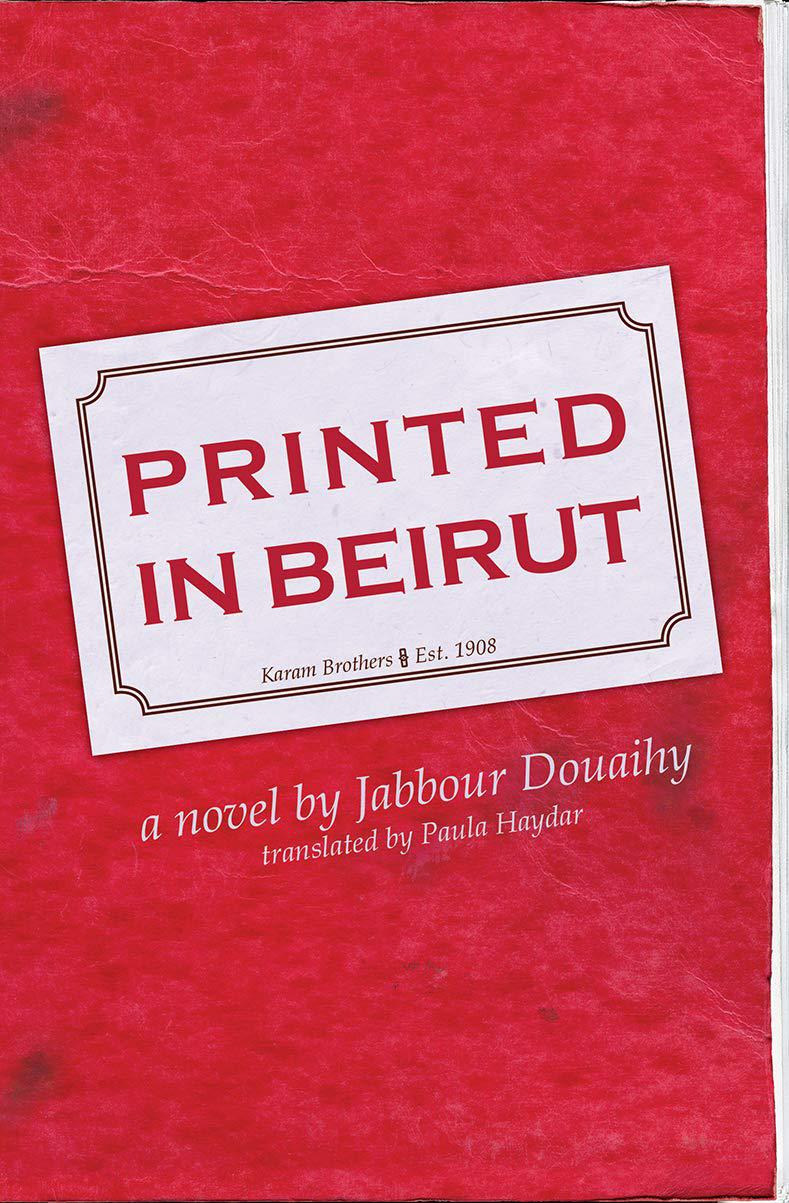
Printed in Beirut
A dazzling mystery set in the world of Lebanon’s book publishing industry. Douaihy dizzies the reader with an intricate play of appearances and deception, and as always, portrays Lebanese society with exquisite irony.
-
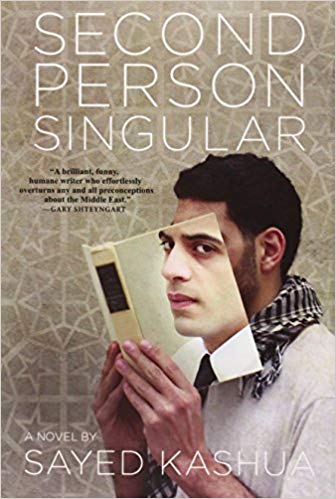
Second Person Singular
A Palestinian who writes in Hebrew, Sayed Kashua defies classification and breaks through cultural barriers. He communicates, with enormous emotional power and a keen sense of the absurd, the particular alienation and the psychic costs of people struggling to straddle two worlds. Second Person Singular is a deliciously complex psychological mystery and a searing dissection of the individuals that comprise a divided society.
-
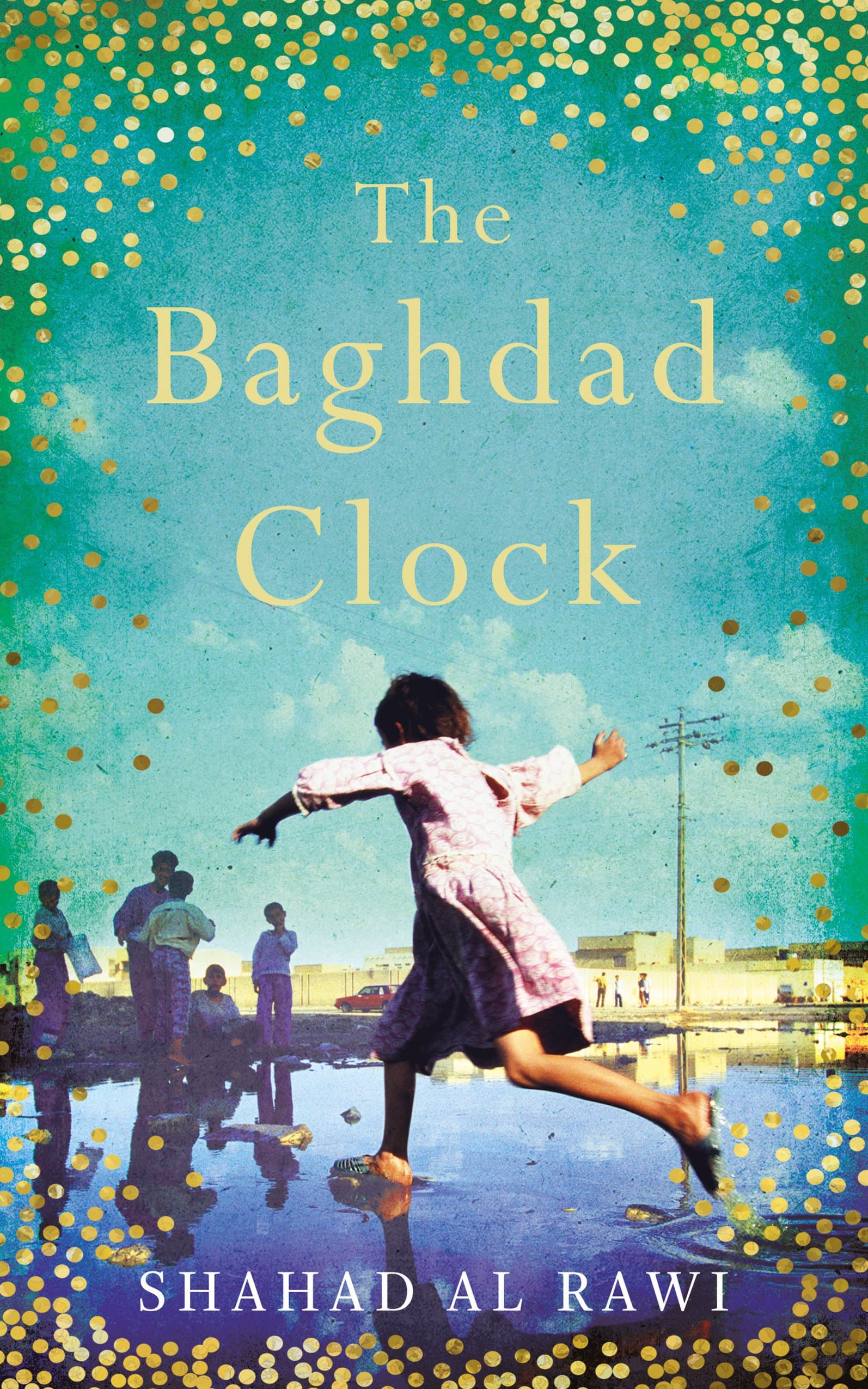
The Baghdad Clock
For fans of The Kite Runner comes this remarkable debut, the number one bestselling title in Iraq, Dubai and the UAE. Baghdad, 1991: In the midst of the first Gulf War, a young Iraqi girl huddles with her neighbors in an air raid shelter. There, she meets Nadia. The two girls quickly become best friends and together they imagine a world not torn apart by civil war, sharing their dreams, their hopes and their desires, and their first loves. But as they grow older and the bombs continue to fall, the international sanctions bite and friends begin to flee the country, the girls must face the fact that their lives will never be the same again. This poignant debut novel will spirit readers away to a world they know only from the television, revealing just what it is like to grow up in a city that is slowly disappearing in front of your eyes, and showing how in the toughest times, children can build up the greatest resilience.
-
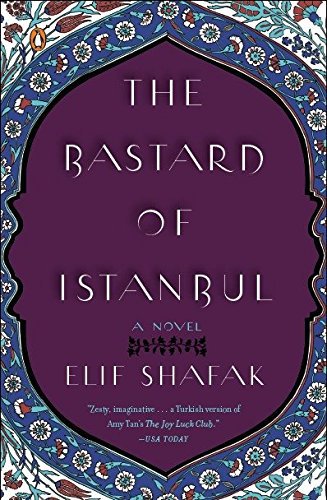
The Bastard of Istanbul
As an Armenian American living in San Francisco, Armanoush feels like part of her identity is missing and that she must make a journey back to the past, to Turkey, in order to start living her life. Asya is a nineteen-year-old woman living in an extended all-female household in Istanbul who loves Jonny Cash and the French existentialists. The Bastard of Istanbul tells the story of their two families–and a secret connection linking them to a violent event in the history of their homeland. Filed with humor and understanding, this exuberant, dramatic novel is about memory and forgetting, about the need to examine the past and the desire to erase it, and about Turkey itself.
-
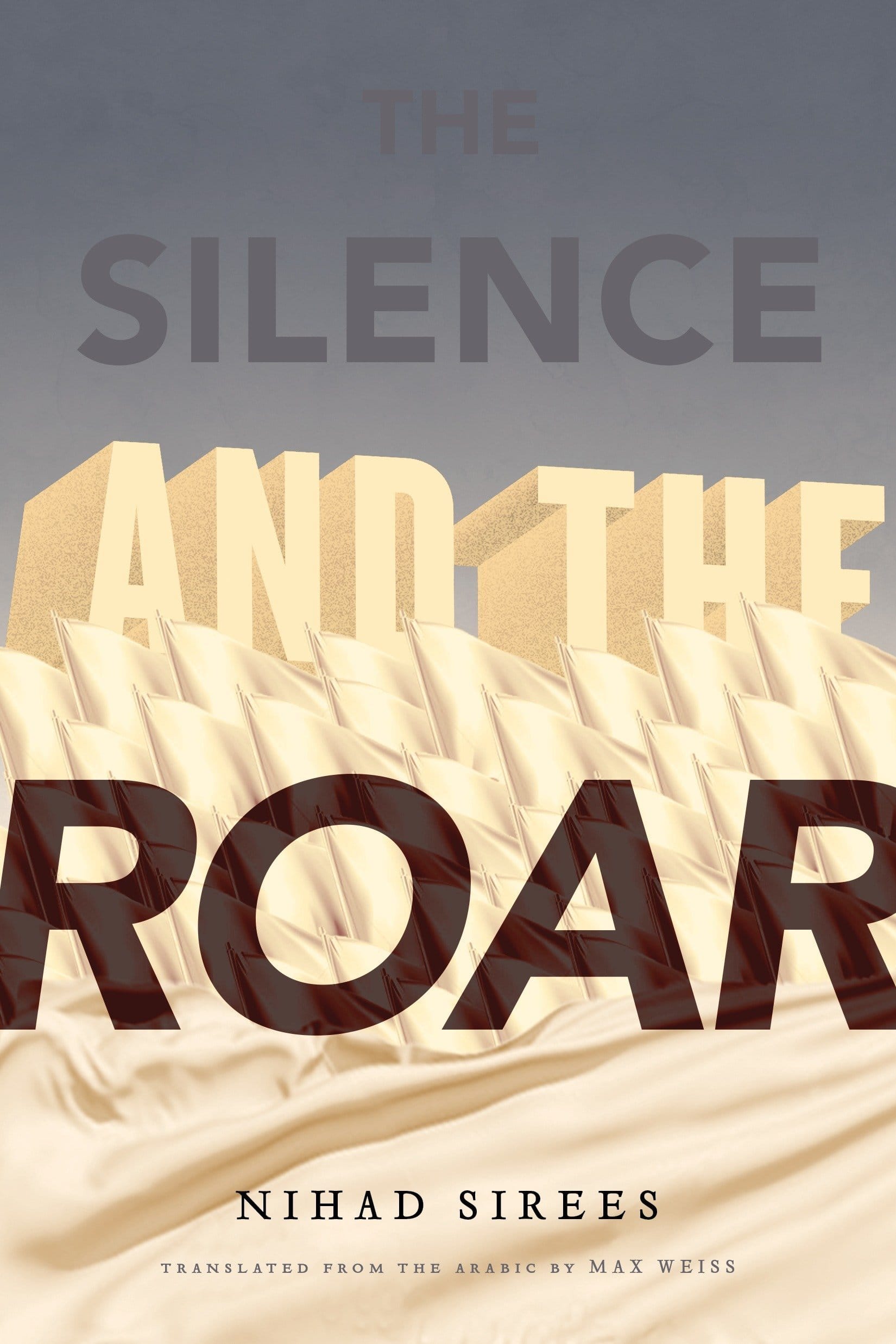
The Silence and the Roar
The Silence and the Roar follows a day in the life of Fathi Sheen, an author banned from publishing because he refuses to write propaganda for the ruling government. The entire populace has mobilized to celebrate the twenty-year anniversary of the reigning despot in this unnamed Middle eastern country. Tinged with a Kafkaesque sense of the absurd, The Silence and the Roar explores what it means to be truly free in mind and body.
-
The Stillborn
Arwa Salih was a member of the political bureau of the Egyptian Communist Workers Party, which was founded in the wake of the Arab–Israeli War and the Egyptian student movement of the early 1970s. Written more than a decade after Salih quit the party and left political life—and published shortly after she committed suicide—the book offers a poignant look at, and reckoning with, the Marxism of her generation and the role of militant intellectuals in the tragic failure of both the national liberation project and the communist project in Egypt. The powerful critique in The Stillborn speaks not only to and about Salih’s own generation of left activists but also to broader, still salient dilemmas of revolutionary politics throughout the developing world in the postcolonial era.
-
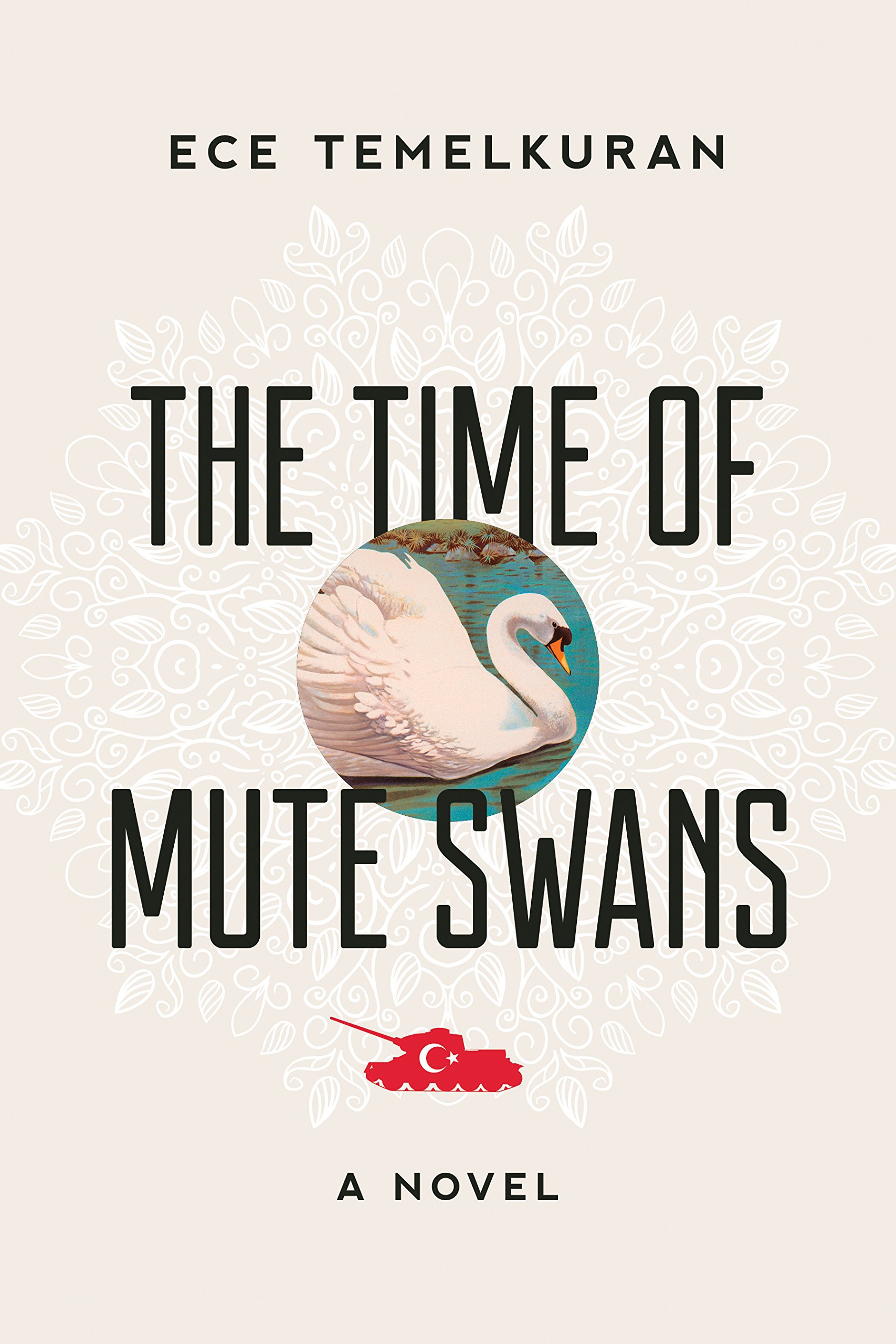
The Time of Mute Swans
This timely, bestselling novel about a military coup in Turkey, told through the eyes of two children, resonates deeply with events there today. Ankara, the capital city in the heart of Turkey at the crossroads of Europe and Asia, East and West, is a hotspot in the Cold War, torn between communism and conservatism, Western freedoms and traditional ways, with an army fearful of democracy and a government that employs thugs and torture to enforce law and order. In the summer of 1980, tensions are building. Homes of the poor are being burnt down. Armed revolutionaries on college campuses battle right-wings militias in the city’s neighborhoods. The lines between good and bad, right and wrong, and beautiful and ugly are blurred by shed blood.
Two children, one from a family living in misery and one well-off, form an alliance amid the turmoil. Through their senses, the cityscape unfolds its wonders, its rich smells and colors, as they try to make sense of the events swirling around them. And they hatch a plan. For the first time in generations, mute swans have migrated from Russia to the Black Sea and to a park at the center of Ankara. For the generals, they are an affirmation, and their wings must be broken so they can’t fly away. But if the children can save one swan, won’t they have saved the freedom of all?
-
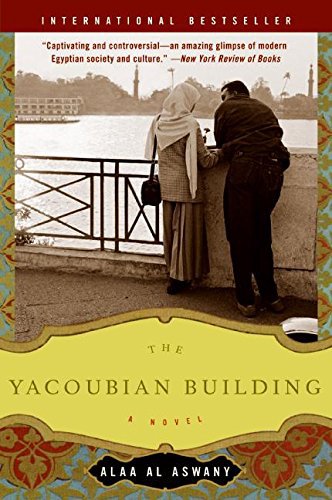
The Yacoubian Building
All manner of flawed and fragile humanity reside in the Yacoubian Building, a once-elegant temple of Art Deco splendor now slowly decaying in the smog and bustle of downtown Cairo. These disparate lives careen toward an explosive conclusion in Alaa Al Aswany’s remarkable international bestseller. Teeming with frank sexuality and heartfelt compassion, this book is an important window on to the experience of loss and love in the Arab world.
Music of the Levant
“The Levant has been a fertile ground for cultural blending and exchange that started in the 7th century where art in the region was met with that of Syrians of Mesopotamia, Byzantium and Persia. Later there was great exchange, of course, with the 400-year ruling of the Ottoman Empire over the Levant, and North Africa and other regions.
Still there was a fantastic exchange of music, exchange of music theory, exchange in music forms.
Then in the 19th and 20th century, we had another cultural renaissance that began in Egypt and moved to the Levant, including Lebanon, Syria, Palestine and Iraq, which sparked a musical renaissance.
Today, traditional music of the Levant plays a major role in defining culture and heritage. While close cultural and music pollination has created a perfect alchemy for music to transcend the boundaries of genre and geography.”
Simon Shaheen, March 1, 2018
-
A.J. Racy & James Peterson, “When the Rivers Met”
When the Rivers Met represents a new collaboration between two extraordinary artists who come from different musical traditions. When the Rivers Met is a powerfully evocative and masterfully created musical suite in which Racy and Peterson weave a breathtaking tapestry of orchestral sounds punctuated by Racy’s performances on the nay, kawala, buzuq, oud, plucked/bowed-tanbur and other Middle Eastern instruments.
-
Fairuz, “Bebalee”
Fairuz is synonymous with tradition. It conjures up more than half a century of genre-defining Arabic music, giving rise to countless musical disciples, imitators and fans. Bebalee sees the Lebanese diva as strong as ever, offering up captivating interpretations of classics. “Yemken” is her take on John Lennon’s “Imagine” and “Ana Weyyak” her version of the bolero staple “Bésame Mucho” — a clear testament to the fact that the epic musical tale of Fairuz still has unwritten chapters.
-
Farid el-Atrache, “The Best”
Egyptian-Syrian Farid el-Atrache is still considered one of the most important figures of 20th century Arab music, wearing many hats: composer, singer, actor, and a virtuoso oud player.
-
Fazil Say, “Mesopotamia Symphony”
Turkish pianist and composer Fazıl Say’s original symphony paints a picture of the present Middle East as well as the history and culture of ancient Mesopotamia.
-
Hewar, “9 Days of Solitude”
Hewar (which translates to ‘dialogue’ in Arabic) is adventurous Arabic music that is inspired by Arabic music traditions but by no means limited by them. The ensemble – made up of clarinetist Kinan Azmeh, vocalist Dima Orsho, oudist Issam Rafea, violinist Jasser Haj-Youssef, and cellist Kinan Abou-Afach – brings together a fresh and diverse musical palate and draws from an array of musical traditions—namely Arabic, jazz, and classical music among others.
-
Ibrahim Maalouf, “Kalthoum”
On Kalthoum, French-Lebanese trumpeter Ibrahim Maalouf presents an enthralling tribute to one of Egypt’s most legendary classical singers, Oum Kalthoum. Also known as the Star of the East, Oum Kalthoum (1904-1975) was endowed with a powerful and emotionally penetrating voice.
-
Kareem Roustom & El-Zafeer Ensemble, “Almitra’s Question”
On Almitra’s Question, Roustom and the El-Zafeer Ensemble make music that blends American jazz with Arabic sounds. The rhythm patterns and the distinctive percussion (riqq and daff) lend an exotic and crisply declamatory backdrop to Roustom’s lush accoustic guitar playing and violinist Hanna Khoury’s sweetly sinuous lines.
-
Karim Nagi, “Everybody Yalla”
Nagi employs traditional Arab instruments, songs and themes, while evolving them into current, or even futuristic, performances. He has an authentic acoustic dexterity, as well as an excitable electronic skill and awareness. Everybody Yalla is a succinct summary of his varied styles and songs.
-
Marcel Khalife, “Promises of the Storm”
On Promises of the Storm, Lebanese musician Marcel Khalife – sometimes called the Bob Dylan of the Middle East – creates musical settings for poems by the world-renowned Palestinian poet Mahmoud Darwish and one poem (“Jaffra”) by another Palestinian poet, Izzidine Munassrah.
-
Naseer Shamma, “Departing Moon”
Iraqi-born Naseer Shamma is both an oud virtuoso and a UNESCO ambassador for peace. With his instrument slung over his shoulder, the Iraqi musican has transformed his art into a vibrant manifesto.
-
Omar Souleyman, “Wenu Wenu”
Produced by Kieran Hebden of Four Tet, ‘Wenu Wenu’ combines aspects of Middle Eastern dabke dance music and traditional songs with Souleyman’s own contemporary style.
-
Rabih Abou-Khalil, “Blue Camel”
Lebanese oudist and jazz musician Rabih Abou Khalil presents an electric fusion of Arabic tones and modern jazz, that features classic compositions with as guitar and alto sax, as well as world instruments such as the oud and South Indian drums.
-
Simon Shaheen, “Turath”
This really outstanding classical recording by Shaheen, an excellent oud-player and violinist, who is joined by fine nay quanun and percussion in a recital of classic and contemporary works in the linked Arabic and Ottoman-Turkish tradition.
-
Turbo Tabla, “The Belly and the Beat”
Turbo Tabla’s songs utilize the rich and evocative beauty of traditional Arab music, performed with authentic instruments. Then, each song is re-contextualized into the Techno, House, Hip Hop and Asian Massive genres. The songs utilize heavy and tight dance grooves, bass lines and soundscapes. The result is a “Turbo Tradition” where the classic sounds of the East are bolstered for the dance floor.
-
Umm Kulthum, “Diva of Arabic Music, Vol. 3”
EMI Arabia’s Diva series is a comprehensive examination of the material the great Egyptian singer Umm Kulthum recorded for EMI. Kulthum was one of the great voices of the 20th century, and this series presents ample evidence of her singing power.
-
Yasmine Hamdan, “Ya Nass”
Lebanese electropop musician Yasmine Hamdan’s album features a mixture of original compositions and reworkings of older Arabicsongs, including songs by the Egyptian composer Mohammed Abdel Wahab and the singer Leila Mourad.
The New Levant Initiative’s Symphony
Ibrahim Maalouf describes this musical composition as an ode to the Levant and seeks to link all of the Levantine cultures in their commonalities and modern spirits.
